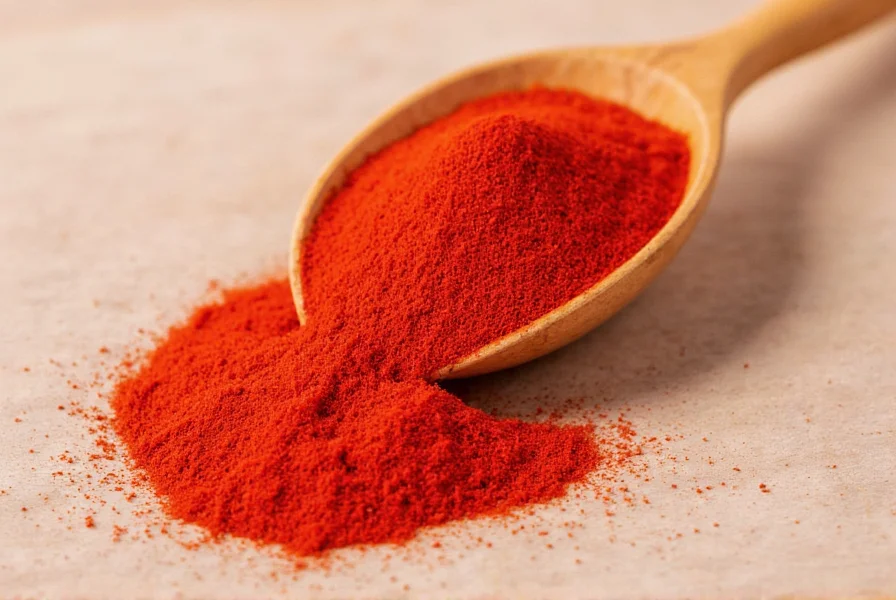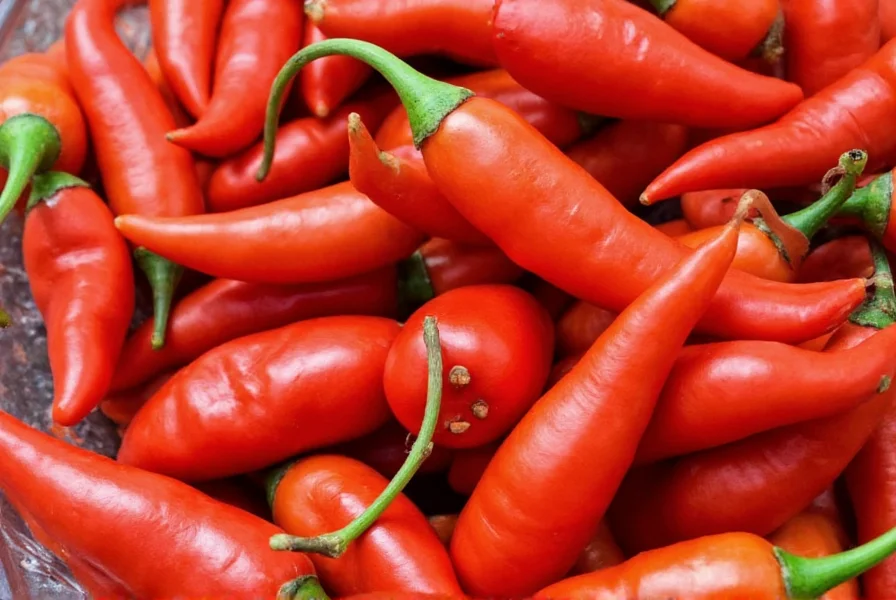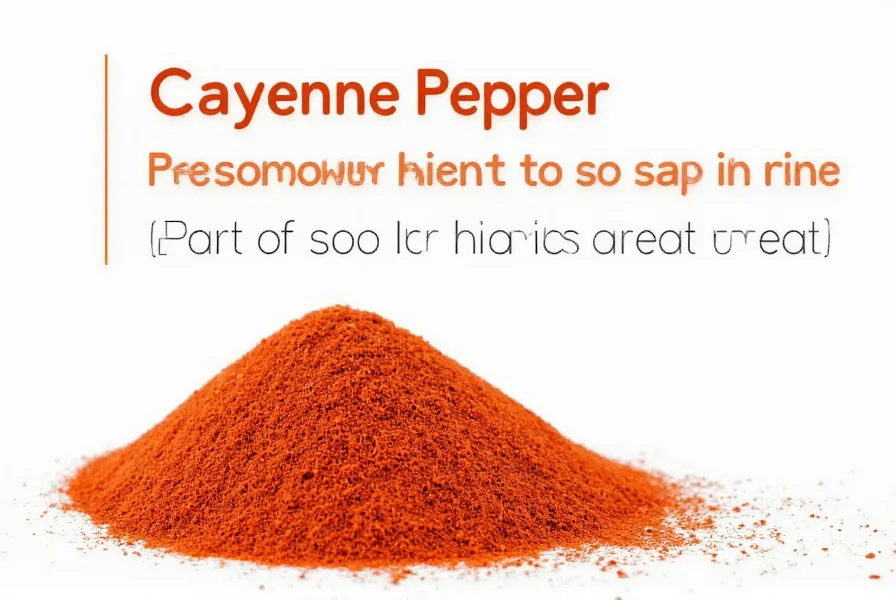Understanding how to properly pronounce culinary terms elevates your cooking conversations and demonstrates kitchen confidence. The word “cayenne” often trips up even experienced home chefs due to its French origins and unexpected stress pattern.
Breaking Down Cayenne Pepper Pronunciation
Let's examine the phonetic components of this common spice name:
| Word | Phonetic Spelling | Syllable Breakdown | Common Mispronunciation |
|---|---|---|---|
| Cayenne | kai-EN | cay-ENNE | ka-YEN-ee |
| Pepper | PEP-er | PEP-per | PEH-per |
| Cayenne Pepper | kai-EN PEP-er | cay-ENNE PEP-per | ka-YEN-ee PEH-per |
Why the Confusion Around Cayenne Pronunciation?
The confusion stems from cayenne's French linguistic roots. The word originates from “Cayenne,” the capital city of French Guiana where this chili pepper variety was first documented by European explorers. French pronunciation rules differ significantly from English, particularly regarding silent letters and stress patterns.
Unlike many French loanwords that retain their original pronunciation (like “façade” or “roué”), “cayenne” has been partially anglicized while maintaining its distinctive stress pattern. The “e” at the end remains silent, and the emphasis falls on the second syllable rather than the first, which contradicts common English pronunciation patterns.

Common Mispronunciations to Avoid
Even culinary professionals occasionally stumble on this term. Here are the most frequent errors:
- ka-YEN-ee - Adding an extra syllable that doesn't exist in the word
- KAY-en - Placing emphasis on the first syllable instead of the second
- ka-YEN - Using a hard “y” sound instead of the long “i”
- cah-YEN - Misapplying French pronunciation rules incorrectly
Remember: The “c” is silent, the “ai” makes a long “i” sound as in “kite,” and the emphasis lands firmly on the second syllable.
Using Cayenne Pepper in Conversation
Proper pronunciation matters most when discussing recipes or ingredients. Consider these correct usage examples:
“Add a pinch of cayenne (kai-EN) pepper to enhance the chocolate mole sauce.”
“The cayenne pepper (kai-EN PEP-er) provides subtle heat without overwhelming the dish.”
“Many confuse cayenne with paprika, but they’re distinct spices with different heat levels.”

Related Culinary Pronunciation Questions
Mastering cayenne pepper pronunciation often leads to questions about similar culinary terms:
- Is cayenne the same as red pepper flakes? No, while both provide heat, cayenne is a specific chili variety ground into powder, whereas red pepper flakes contain multiple chili types.
- Does pronunciation differ between American and British English? The standard pronunciation remains consistent across English dialects, though British speakers may slightly soften the “p” in “pepper.”
- How do French speakers pronounce cayenne? In French, it's pronounced “kah-yen” with a silent “e” and nasalized vowel sounds, but the anglicized version has become standard in culinary contexts.
Practical Tips for Remembering the Pronunciation
Create mental associations to cement the correct pronunciation:
- Think “kite-ANNE” (as in a person named Anne) to remember the long “i” followed by the emphasized “anne”
- Break it into “kai-EN” and practice saying it with increasing speed
- Record yourself saying “cayenne pepper” and compare with reliable pronunciation sources
- Use it in cooking conversations regularly to build confidence
Mastering culinary terminology like cayenne pepper pronunciation demonstrates attention to detail that enhances your credibility whether you're following recipes, teaching cooking classes, or discussing food professionally. The correct pronunciation—kai-EN PEP-er—honors the spice's rich history while ensuring clear communication in any kitchen setting.











 浙公网安备
33010002000092号
浙公网安备
33010002000092号 浙B2-20120091-4
浙B2-20120091-4